Tech at Play - Rolling Out Innovations at Jurong Lake Gardens
Tech at Play - Rolling Out Innovations at Jurong Lake Gardens
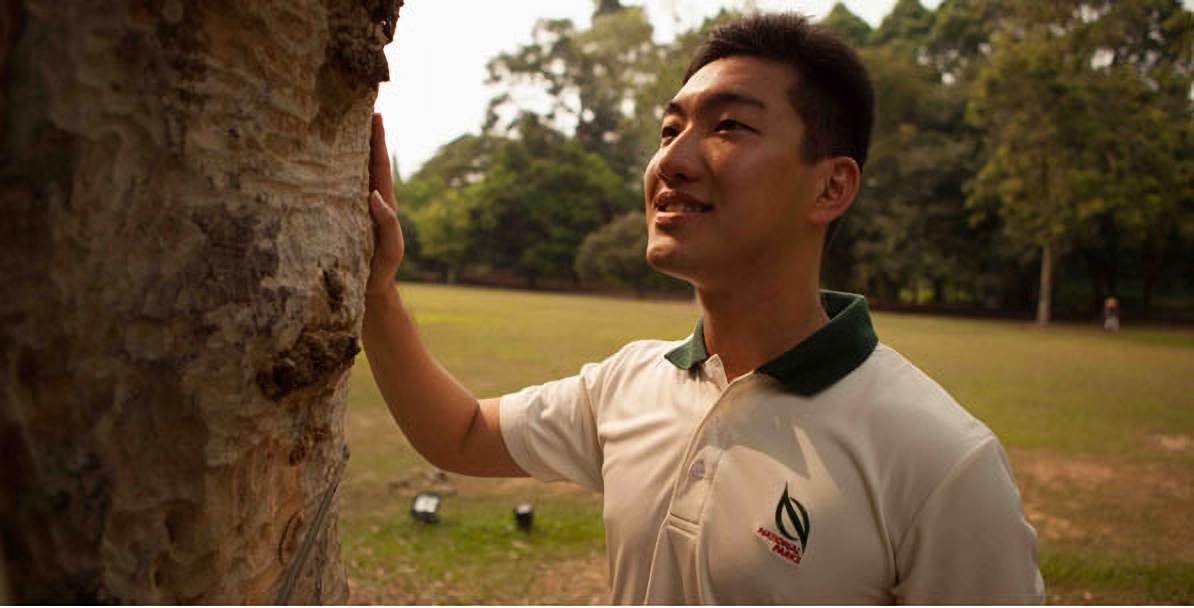
Hear from Ong Chong Ren, deputy director of development at Jurong Lake Gardens, how technology and nature come together in his work.
For most of us, nature played a role in our childhood in the form of parks:
it was where we first set eyes on different types of flora and fauna, had
picnics with our family and cycled with friends. Nature’s role in Chong
Ren’s life has extended far beyond that.
A fond childhood memory of his is attending the GardenTech event organised
by National Parks Board (NParks). Chong Ren was so fascinated by the displays
that gardening soon became his favourite pastime. “I started growing heliconias,
one of my favourite groups of plants, and I had about 60 varieties of those
in my house by the time I was 15 years old,” he chuckles.
Today, Chong Ren works at NParks as the deputy director of development
at Jurong Lake Gardens — Singapore’s third national garden and the first
to be located in the heartlands. “I decided that I wanted to work on something
that I’m personally passionate about,” he explains.
Chong Ren doesn’t just work with plants; a large part of his work involves
technology as well.
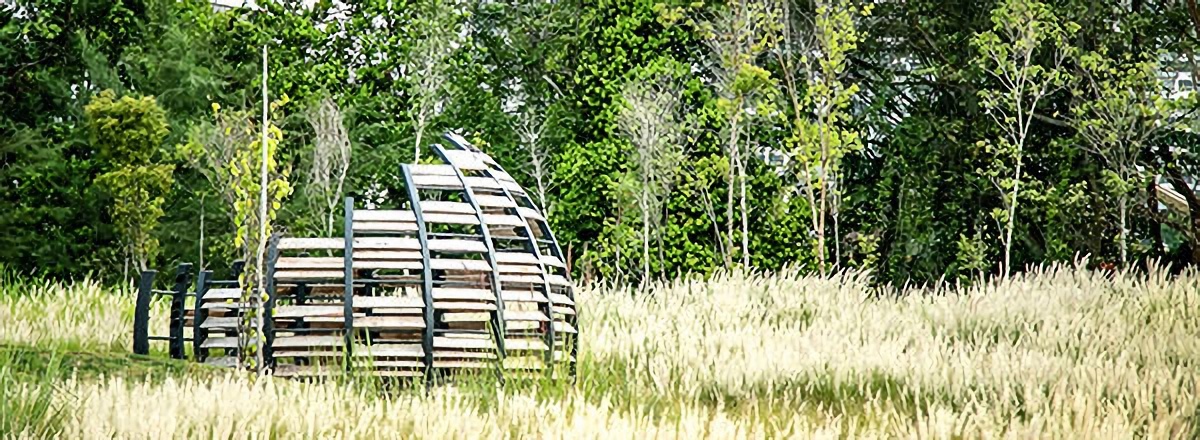
Jurong Lake Gardens is Singapore’s first national gardens to be located in the heartlands, and it is home to many attractions such as the Grasslands. (Photo credit: NParks)
When Tech Meets Nature
Step into the lush landscape of Jurong Lake Gardens and the first thing
that might strike you is the sheer scale of the area, but underpinning
it all is a wealth of technology that visitors may not know about. The
Gardens is one of NParks’ living laboratories, Chong Ren explains.
His work involves actively seeking and test-bedding new technologies and
innovations that can improve productivity and help daily operations in
Jurong Lake Gardens.
One example is the integrated management system (IMS). In a nutshell,
this system allows park staff to know what’s happening on the ground at
any time, at a glance. It combines various sensor systems — from smart
bins with bin capacity sensors and light fault reporting systems to environmental
sensors that monitor water quality and weather — all in one automated and
centralised platform. To implement the IMS, Chong Ren needed to ensure
that the different sensors and systems can communicate and transmit information
effectively.
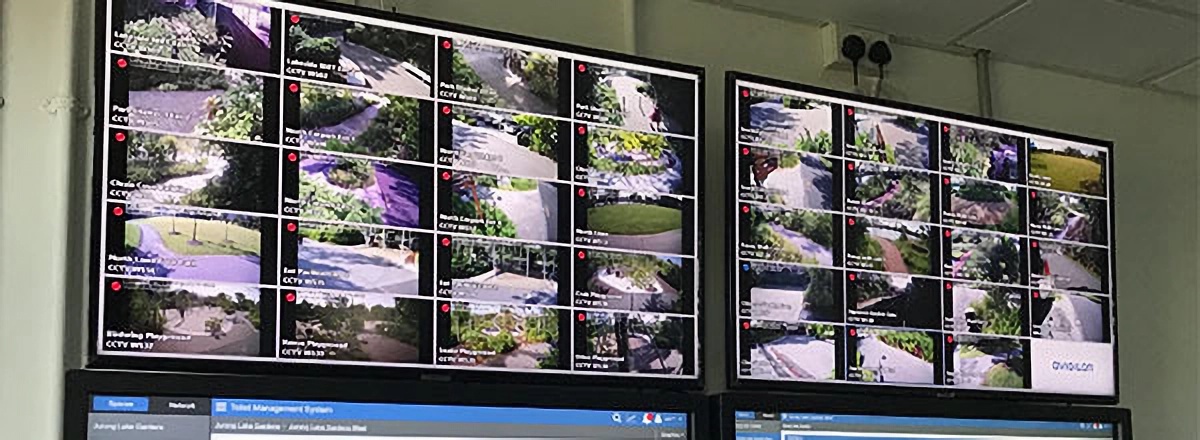
The integrated management system allows staff at Jurong Lake Gardens to know what’s happening on the ground at a glance. (Photo credit: NParks)
With the IMS to monitor the Jurong Lake Gardens, staff can now focus on
other areas of work. “This helps us achieve greater productivity and enables
us to have a faster reaction time to situations that may happen on the
ground,” Chong Ren says.
This system is the first of its kind to be rolled out in a public park
or garden in Singapore, and there are plans to eventually implement similar
sensor systems in other parks across Singapore.
NParks is also exploring technologies that could improve visitor experience
at Jurong Lake Gardens. When fully constructed, the Gardens will be the
size of 900,000 sqm — equivalent to about 720 Olympic-sized swimming pools!
To improve accessibility, NParks is testing the use of an 11-seater autonomous
vehicle that brings visitors around Lakeside Garden, the western section
of Jurong Lake Gardens. The findings from this trial will be critical for
implementing a people mover system for the whole of Jurong Lake Gardens
when it is complete.
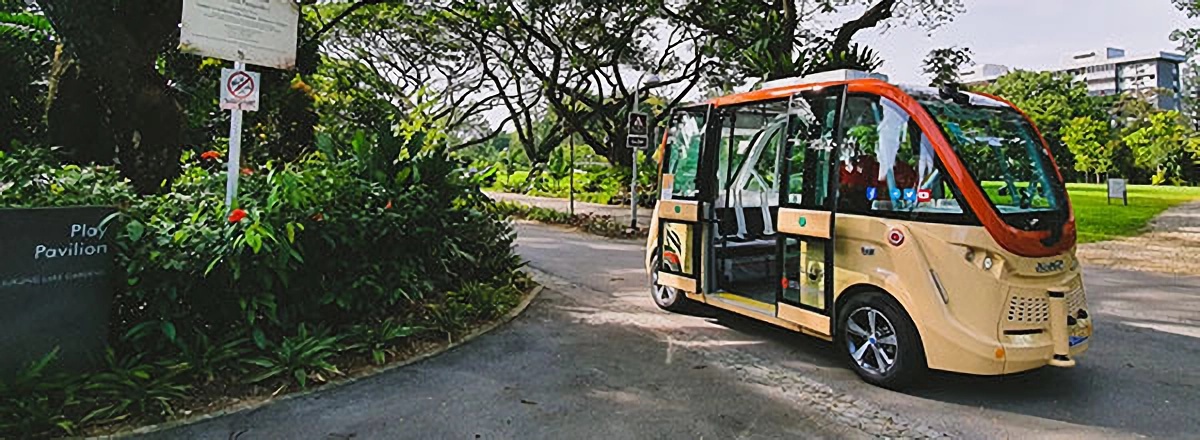
NParks is currently testing the use of an 11-seater autonomous vehicle to bring visitors around Lakeside Garden, the western section of Jurong Lake Gardens. (Photo credit: NParks)
Growing at Work
While Chong Ren’s interest in technology is partly because he is an avid
fan of the Star Wars franchise, technology hasn’t always been a part of
his job. He first began in the Streetscape division in 2013, where he was
in charge of caring for roadside trees and ensuring that they were well
maintained.
Over the course of his work in the Streetscape division and at Jurong
Lake Gardens, Chong Ren found himself learning new skills in technology
and IT, and even civil and structural engineering.
Take Rasau Walk, a meandering boardwalk on the fringe of the waterfront
area, for example. This serene and scenic spot, one of Chong Ren’s favourites
in the park, is the place many bird watchers hang out, hoping to catch
a glance of different types of waterbirds including the grey heron. Such
waterbirds are attracted to this area because the water level varies with
the levels in the lake, thereby creating zones that attract waterbirds
to forage there.
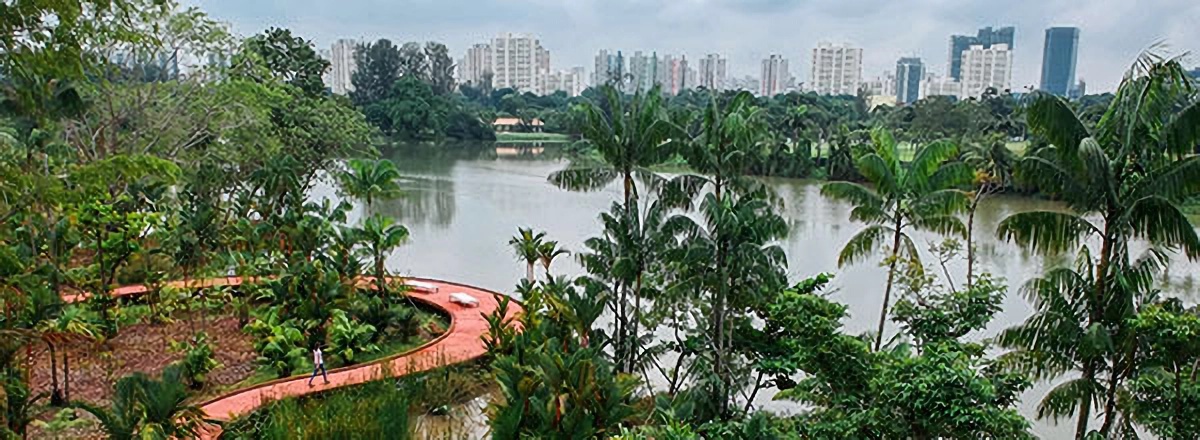
You can spot many different types of waterbirds at Rasau Walk in Jurong Lake Gardens. (Photo credit: NParks)
“It’s very exciting to see our daily efforts progressively culminating
in actual physical features at Jurong Lake Gardens, and be able to implement
the latest cutting-edge technologies that can contribute meaningfully to
our work,” he says.
While Chong Ren does not know if advanced robots like C-3PO and R2-D2
may soon become common fixtures in the park’s operating landscape, one
thing’s for sure: his passion for nature and his job will continue to motivate
him to imagine what’s next.
Find out more about NParks careers here!

